
Now that you have visited the dog store, you chance upon different beautiful and remarkable breed of dogs. Your feet bring you to the puppies section and there you begin to hold back a tear towards these oh-so admiringly adorable little bundles of fur.
There seems to be one distinct little fellow who is starting to tug at your heart. He likes to play with all the children. After picking one up, you look into those soulful eyes that may seem to have witnessed a lot but you disregard the idea since the puppy is just a couple of months old.
The cute little puppy that is staring so adorably at you is indeed one the Akita Inu Puppies from Japan. Well, don't mistake them from the Siberian Huskies. This kind of Inu or dog as translated from Japanese is actually the national dog of Japan.
You see, the Akita breed happens to be the oldest native dogs in Japan. These dogs were bred in the Akita prefecture so that is where they got their name. The Japan prefecture is found in the northernmost part of the island of Honshu. They are told to be owned by Shoguns -- Japanese Imperial leaders. Owned by aristocrats and noble men, these dogs served as Imperial guards and hunters.
These dogs were bred to guard and kill. They are not that ferocious like bears but if given the chance to attack, well, they could be fatal. Inu is the Japanese translation of dog so they were called Akita Inu.
The breed's long history dates back to the 1800s and during this time, they were bred and cross-bred with other dogs but they suffered a hard blow when their breed was killed ikken hissatsu style or killed with one blow due to a rabies outbreak in the area.
In the 1900s there was an Akita Inu named Hachi-Ko who became the most revered and looked up to Inu. This Akita Inu was born around 1923 and he served a professor who goes to ride the train station every morning to go teach at a neighboring school. The Inu accompanies his master to and from the train station. This was his daily routine.
His master suffered a fatal stroke when Hachi-Ko was around 18 months old. As usual, he goes to and from the train station and sends off or waits for his master to arrive. Surely, his master did not come back any more. What's the sad part here is that the Hachi-Ko continued to wait for his master's return.
He did that for nine long years; walking to the train station every afternoon to wait for his master's return. This is indeed a story of a respected breed. At the time of the dog's death, a statue was erected at the same train station in his honor. Soon after that, the Akita Inu Hozankai or a society or association that breeds Akita dogs was organized to preserve the original and revered national treasure.
Since the Akita Inu breed has lived for a good number of centuries, they still have their unique character and personality in check. Even if they were cross-bred with the Japanese Tosa with a goal of increasing its size and bulk, their form and uniqueness was still made intact.
Since during the 1800s during the time of the Meji Imperial Restoration, there were a sudden deluge of several breeds of western dogs. This was the time that the Akita Inu breed got lost in translation.
It was during 1912 when breeders of the Akita Inu species got concerned with the quality of the dog's breed line since the Akita Inus were either cross-bred with St. Bernards and other breeds too. This now led to the setting up of a particular program that tackled and carefully ruled out the extreme ferocity among the Akita puppies. Thus the cross-breeding between the Matagi and Hokkaido dogs were done to restore some characteristics such as the curled tails and small but erect ears. Matagi is a Japanese term which refers to village folk that were the best hunters during those days. These Hokkaido dogs are also one of the oldest breed in Tokyo but they are often termed as the wildest.
When 1940 arrived, all cross breeding stopped in Japan and this prompted the purifying of the Akita puppies' breed. It was during the World Ward II outbreak that these dogs were the main targets for human consumption so it was a good thing that some devoted breeders smuggled the dogs to a safe place in the mountains so they can further save the dying breed.
The dogs that failed to get smuggled into the mountains were cross-bred with the German Shepherds and Great Danes. This boom in fierce looking Akitas began shortly after World Ward II. So this was the time when different types of Akitas emerged. It was a good thing in 1950 that the Japanese breeders have complained that more and more of the Akita Inus have already delineated from their origins so they began rejected impure breeds from then on.
After the end of World War II, there were already two established breeds. The Americans brought the Akita Matagi breed to their country thus started the Ichinoseki and the Dewa line. These two different bloodlines became the foundation of the Akita breed in the United States.
Although no matter from what blood line these Akita puppies come from, they share common characteristics, traits and personalities with the original breed. These Akita dogs are muscular to begin with. They are large bodies with webbed paws which definitely make them great swimmers. They are often well reserved and seem to carry an air of dignity especially on how they stand up and bring themselves. They are mostly alert and very powerful from their ancestor's hunting abilities. Their responsiveness is amazing which makes them so courageous. And of course, with all these character and personality, the Akita is indeed a very dominating breed.
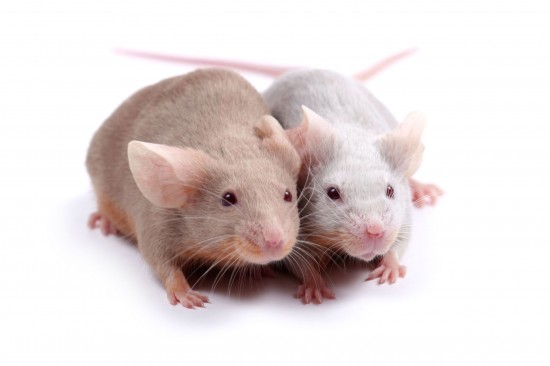 Common Mice Health Problems
Common Mice Healt
Common Mice Health Problems
Common Mice Healt
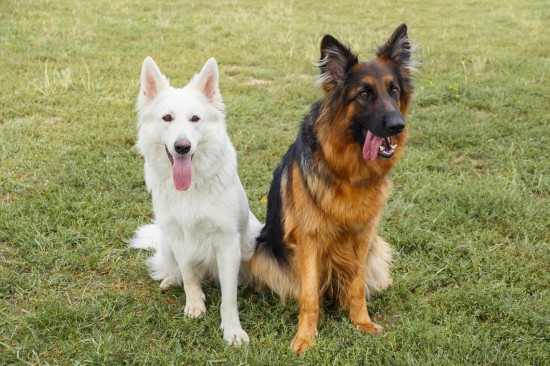 How To Retrain A Dog That Doesn’t Like Other Dogs
How To Retrain A
How To Retrain A Dog That Doesn’t Like Other Dogs
How To Retrain A
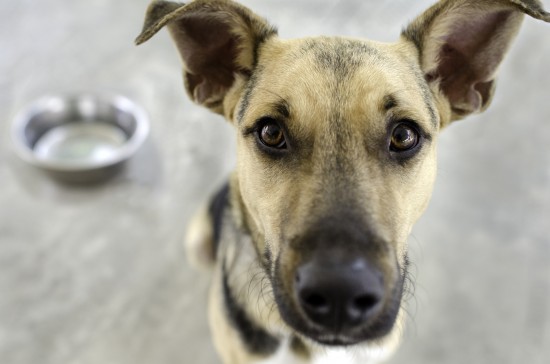 Making A Cat Or Dog Food Complaint
Making A Cat Or D
Making A Cat Or Dog Food Complaint
Making A Cat Or D
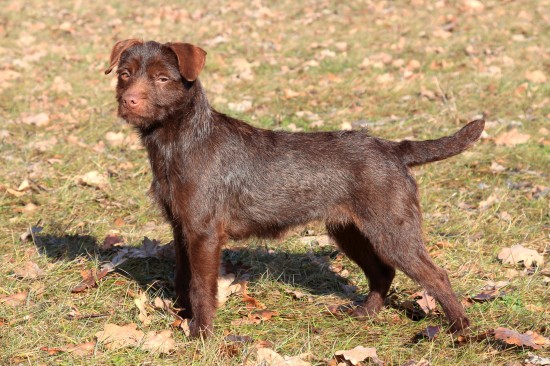 Is A Patterdale Terrier The Right Choice Of Dog For You?
Is A Patterdale T
Is A Patterdale Terrier The Right Choice Of Dog For You?
Is A Patterdale T
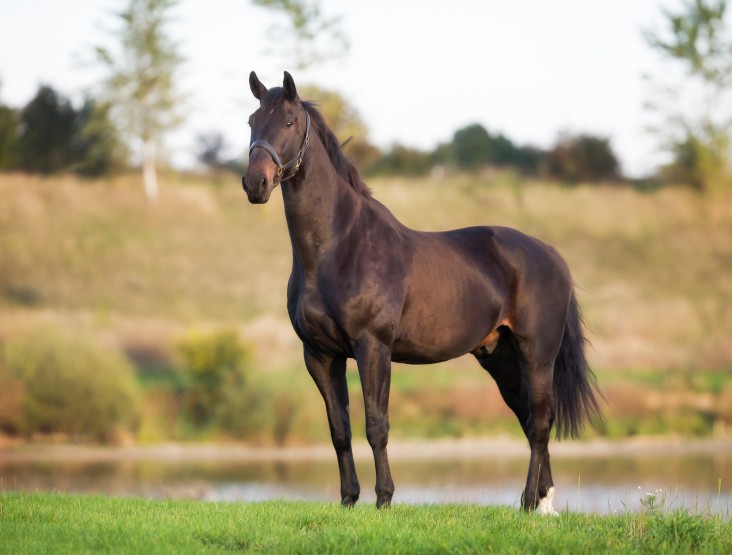 Omega 3 Supplements Can Benefit Horses With Lower Respiratory Diseases
Omega 3 Supplemen
Omega 3 Supplements Can Benefit Horses With Lower Respiratory Diseases
Omega 3 Supplemen
Copyright © 2005-2016 Pet Information All Rights Reserved
Contact us: www162date@outlook.com